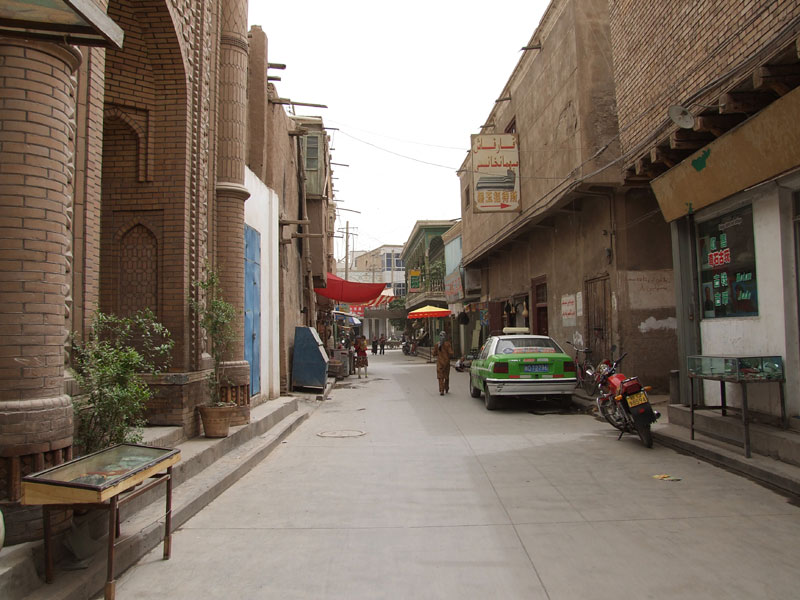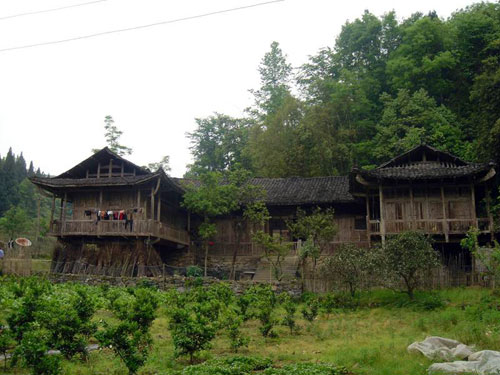Memories of the city
|
|
Traditional Chongqing stilt houses were made of wood. The building materials were gathered on the spot, and the building process would not change the original terrain nor damage the local vegetation or environment. There was no fixed shape or building rules for such houses. They adapt to the natural terrain: the attic door may be on a hillside, while the other doors are at the foot of the slope. Such odd structures led writer Zhang Henshui to call them the strangest buildings in the world.
Today, there are few stilt houses left, but a unique local stilt houses culture has been gradually formed using stone slabs instead of wooden boards, and brick walls instead of bamboo fences. The original shabby houses have become tourist attractions. But the riverside stilt houses, together with the hills and rivers of their hometown, remain fresh in the minds of Chongqingers.
Kashgar's Old Town: Where Time Stands Still
 |
Kashgar's old town is a typical town of the Uyghur people of Xinjiang. Standing on the terrace of an old adobe house, you can hear the call to prayer from a nearby minaret. Inside these houses, Uyghur people live together with their sheep. A ceramics "workshop" and hand loom are located in the yard. Finished products are displayed on a stall by the door for sale. This is a well-preserved traditional Islamic city, praised as the "best exhibition of the western regions' history and culture."
Kashgar is located in an earthquake-prone area. Most of the buildings in the old town are old and in bad repair, and thus are vulnerable to quake damage. To counter this, the local government has launched a campaign to renovate the buildings and major cultural sites under the principle of "complete reproduction." In the reconstruction of the old town, the residents were encouraged to participate in the design of their own houses. The former buildings' features and the local people's lifestyle were preserved with the administration's idea of "people first."
Though the houses have been reconstructed, the people's lifestyle remains the same. The workshops still echo to the sounds of tools; the hand looms still hum their tune; traditional ceramic bowls and pots still have many buyers; folk artists still play and sing in the streets…. The residents of the old town continue living in the adobe houses where they've lived for generations, and practice the traditions and customs their ancestors have passed down for a thousand years. The prosperity and comfort of life in a modern city has not disturbed their traditional equilibrium.
 0
0 







